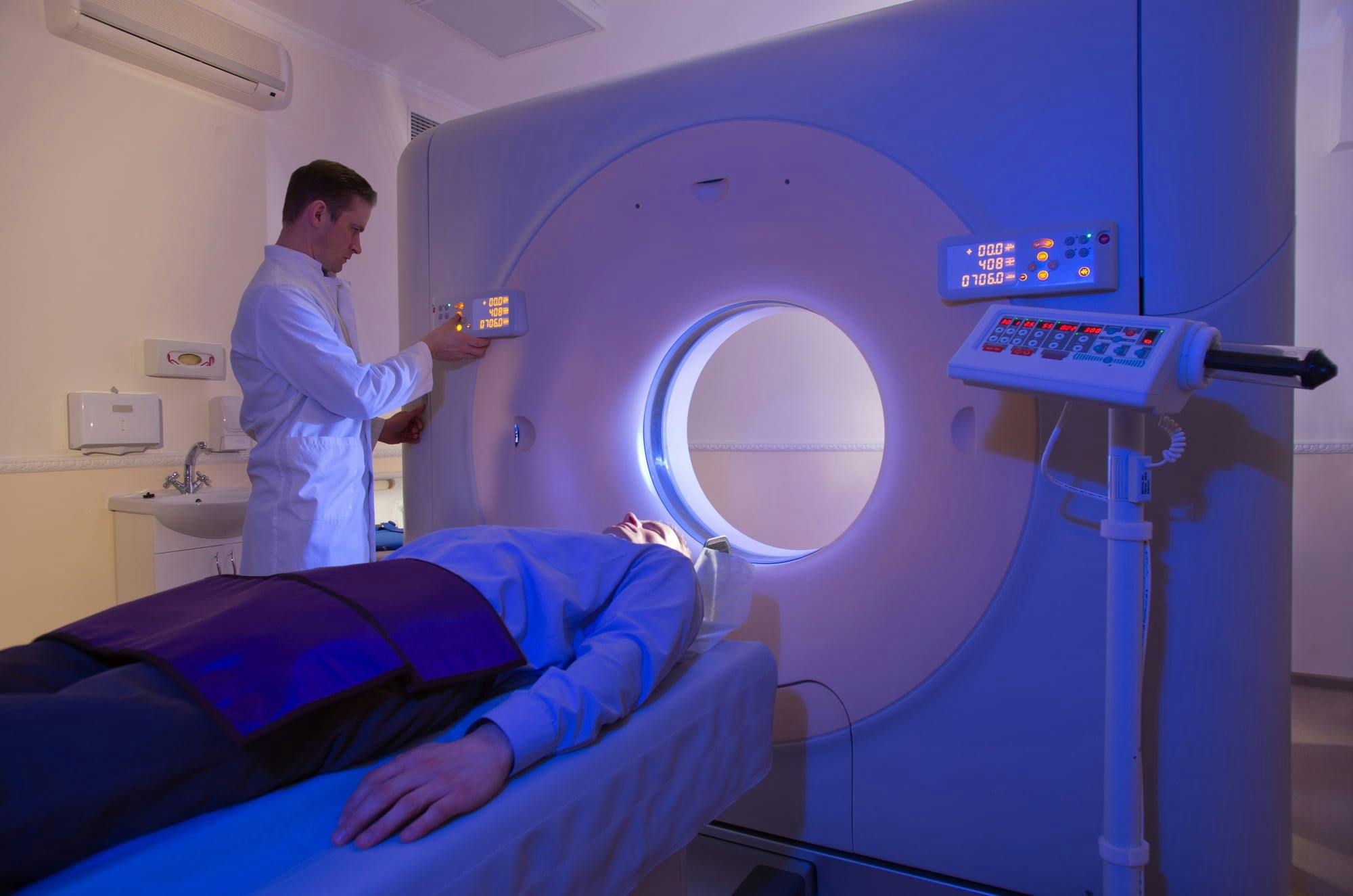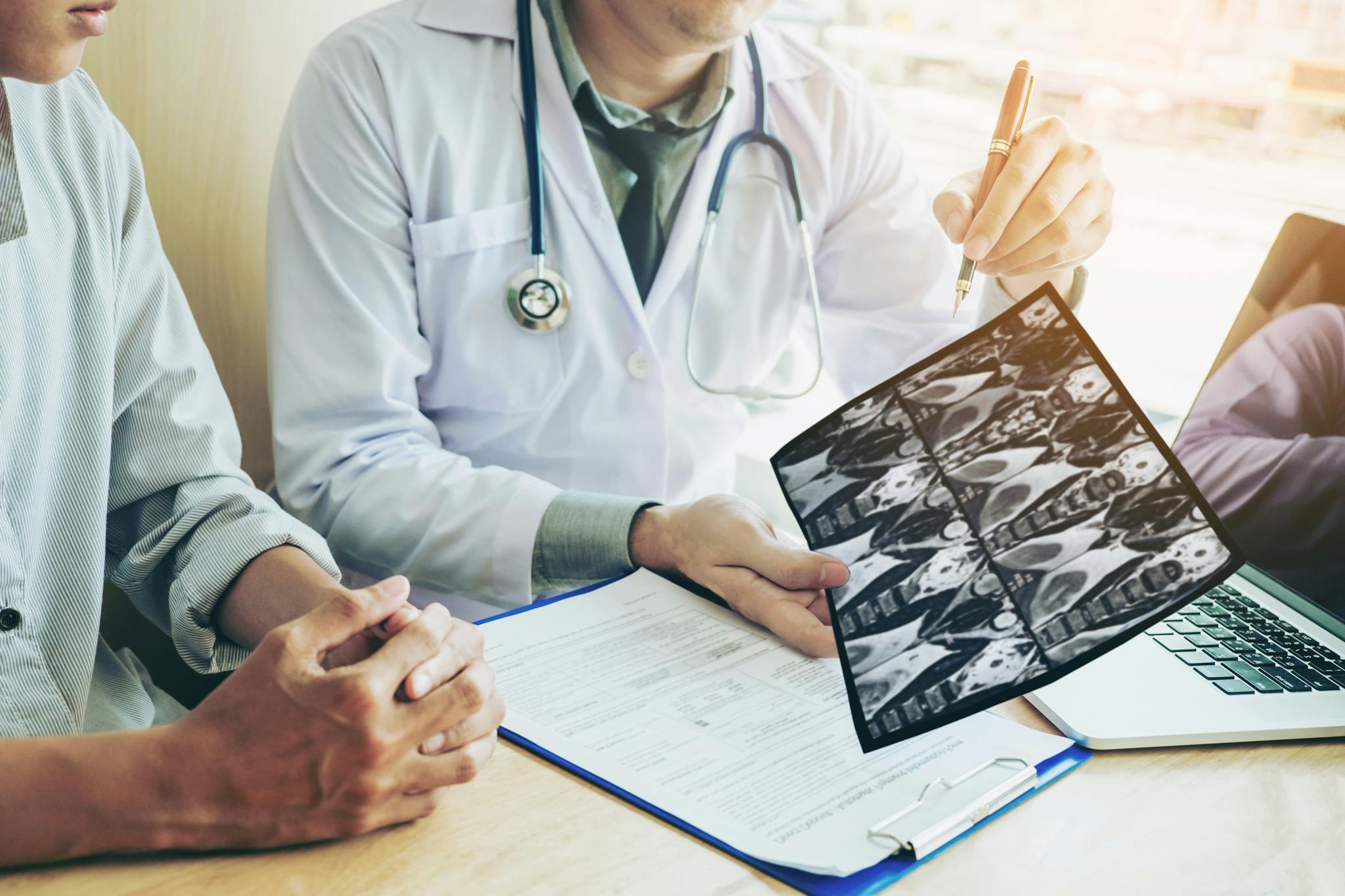
2019-10-15T16:28:57
What is the Difference Between Diagnostic, Therapeutic and Interventional Radiology?
- Imaging
- Radiation Oncology
- Radiology
November 30, 2016 | Radiology
Specialties:Radiology

While simple, a basic X-ray taken at the right time could mean the difference between catching a complication while it’s still treatable and diagnosing it too late.
One of these basic X-rays is called a mammogram, the official name for an X-ray exam of the breasts. Mammograms are most commonly used to detect and monitor breast cancer, though they are used for other purposes on occasion.
(Note: Breast cancer does occur in men, but risk is so low that mammograms are not commonly used. For this reason, we’ll refer to all facts within an exclusively female context for the remainder of this article.)
There are two general types of mammograms regularly used by doctors:
The X-rays used for mammograms are a lower intensity than the typical X-ray used for something like a broken bone. As a result, mammogram machines use two plates to help flatten out the breasts and spread the tissue, allowing the weaker X-rays to still penetrate the tissue and give accurate readouts. As technology has advanced, so have mammograms. Where the standard mammogram is printed on a sheet of film, newer digital mammograms are stored in computers and can include additional views of the breasts to help with diagnoses. Even further, 3-D mammography (scientific term: breast tomosynthesis) has burst on the scene in recent years, combining numerous X-rays all into one comprehensive, three-dimensional image.
Because the standard time for women to begin mammogram testing as a regular procedure can depend on genetics or risks, women should approach this with their own situation’s context in mind. There are enough risk factors at play that each case is considered individually and in tandem with a doctor’s advice.
Women with any prior genetic risk of breast cancer whatsoever should begin testing by age 40 or even earlier, as should women who carry multiple serious risk factors for breast cancer (common factors include age, diet, cholesterol, smoking and drug use).
Mammograms are extremely useful to a huge number of women, but they do have their limitations and a few moderate risks. Some of the most common:
As you and your radiologist look over your mammogram, he or she will be on the lookout for several possible items. These include lumps, strangely shaped areas, calcium deposits or areas of unusual density within the breasts.
At this point, the radiologist will give the test a score based on the level of warning signs present, known as a BI-RADS score. BI-RADS scores range from 0 through 6, with level of risk generally rising as the number gets higher (a score of 0 means further testing is required for an inconclusive result). BI-RADS scores also classify breast density into four groups ranging from not dense to extremely dense.
Even with the use of BI-RADS scores, a doctor’s eye for each specific case is almost always necessary due to the number of variables and potential risks involved. If you receive a mammogram and are uncertain about any part of it, pick up the phone and call your doctor. There’s no such thing as “too careful” when it comes to breast cancer.
“Mammograms and Other Breast Imaging Tests.” American Cancer Society. http://www.cancer.org/healthy/findcancerearly/examandtestdescriptions/mammogramsandotherbreastimagingprocedures/mammograms-and-other-breast-imaging-procedures-what-is-mammogram
“Mammogram.” The Mayo Clinic. http://www.mayoclinic.org/tests-procedures/mammogram/home/ovc-20230954
WRITTEN BY:
The Live Better Team

2019-10-15T16:28:57

2019-06-06T10:36:51

2017-12-26T11:52:27

2017-12-19T14:36:02
This information is not intended to replace the advice of a medical professional. You should always consult your doctor before making decisions about your health.